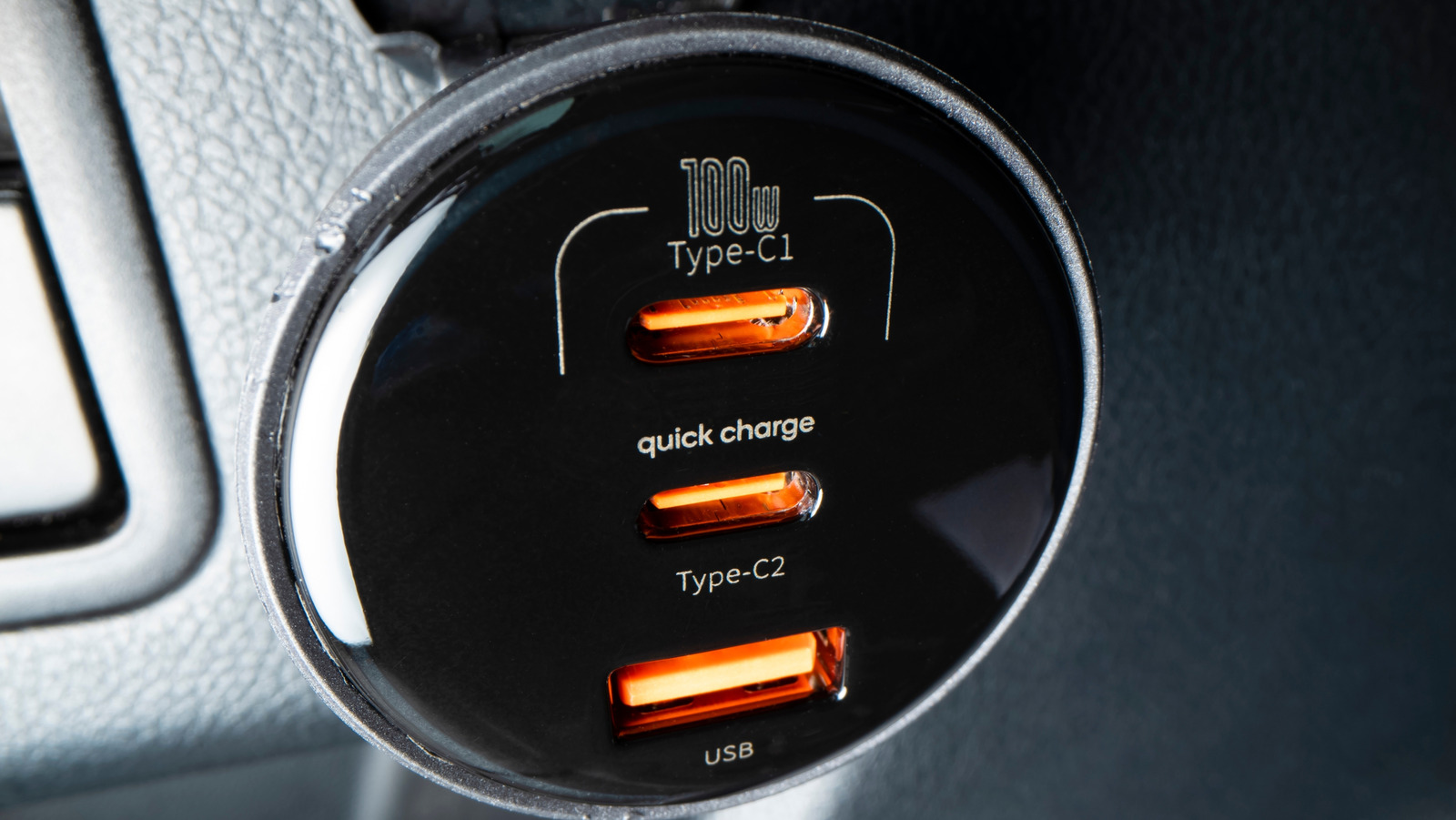At the bottom of the Mediterranean Sea, at 3,500 meters under the surface, a high -tech sensor was crossed by a subatomic particle with a demential energy. For months, scientists thought it was a measurement error. The detector, still evidence, must be badly calibrated. But now they know what really happened.
February 13, 2023. The KM3net European Network, which had barely installed 10% of its Ark submarine telescopes, detected a flash. In the middle of the night (for more signs, at 1:16:47 UTC), more than a third of the 21 sensors located 80 km from the coast of Sicily illuminated. It was not a subtle flash, they recorded more than 28,000 photons.
The event, baptized as KM3-230213A, corresponded to a muon that had crossed the detector almost horizontal with an energy of 220 Petaelectronvolts. That is 100 million times the energy of the visible light photons. A flash 30 times more energetic than the largest neutrino detected to date, far exceeding the energies that are reached in the great Hadron collision of the CERN. It was impossible. Or not?
A little context. To understand the magnitude of this discovery, you must first talk about neutrinos. Nicknamed “ghost particles” for a good reason, they have no electric charge, their mass is almost nil, and barely interact with matter. Right now, billions of neutrinos from the sun and other corners of the universe are going through our own body without noticing it.
This elusive nature makes them the perfect cosmic messengers. Unlike cosmic rays (which are charged particles), neutrinos are not diverted by magnetic fields. They travel in a straight line from their point of origin, bringing pure information about the most violent and energetic events of the universe: Supermasive black holes, supernova explosions or gamma rays bursts.
The true ghostbusters. The challenge with the neutrinos is to catch them, and here the km3net (Kilometre Cube Neutrino Telescope), an observatory of titanic proportions still under construction under the Mediterranean. It is not a traditional telescope, but a gigantic underwater infrastructure that uses the sea itself as a detector. It consists of a network of vertical lines anchored to the seabed, equipped with thousands of hypersensitive eyes: digital optical modules.
Quite occasionally, a neutrino clashes with a water molecule, producing other particles, such as the muon, which travels faster than the light in the water. This phenomenon generates a blust of bluish light known as Cherenkov radiation. KM3net sensors capture this brightness and, analyzing the time and intensity of light, scientists can reconstruct the direction and energy of the original neutrino.
A récord neutrino. After a year of meticulous analysis, KM3net confirmed what seemed impossible: the detection of the most energetic neutrino ever observed. A muon with a demential energy of 220 PEV crossed the detector as a cannon bullet that February 13, 2023. His almost horizontal trajectory was key to rule out that it was “background noise”, such as atmospheric muons, which are produced by the interaction of cosmic rays with the earth’s atmosphere.
Such a particle could not have crossed hundreds of kilometers of rock and water to reach the detector from above. The only plausible explanation is that an even greater energy neutrino came from the cosmos, interacted near the detector and generated the muon that the sensors saw pass. The finding, published in the prestigious Nature magazine, brings us closer to one of the most extreme documented events. The problem: nobody knows where the hell came.
In search of the source. Seen in perspective, detecting the particle was the easy part. Now comes the complicated: find out its origin. The scientists pointed their antennas in the direction of the neutrino and scanned the skies in search of some cataclysmic event that could have generated it. They checked gamma ray catalogs, X -rays and radio waves in search of blázares (galaxies with supermassive black holes that throw jets of matter towards us) or any other transitory phenomenon.
The result: they did not find a clear source. Although the direction points to a region of the sky with several candidates, none of the known blízares in the area fits perfectly. According to project researchers, it is probably an extragalactic source, but its position close to the plane of the Milky Way does not completely rule out our own galaxy.
Make your bets. With Spanish participation through the University of Granada and the IFIC of Valencia, the data analysis puts on the table two main hypotheses. On the one hand, an unknown cosmic accelerator, such as an active galactic nucleus or an burst of gamma rays that astronomers have not yet identified.
On the other, the most exotic and exciting possibility: a cosmogenic neutrino. The flash could be the result of the interaction of a cosmic ray of ultra-high energy (particles that travel through the universe with even more extreme energies) with a photon of the cosmic microwave background, the echo of the Big Bang. It would be the first detection of such a neutrino.
In WorldOfSoftware | The Canary Islands will play a central role in the Cherenkov telescope network. And just took a fundamental step











